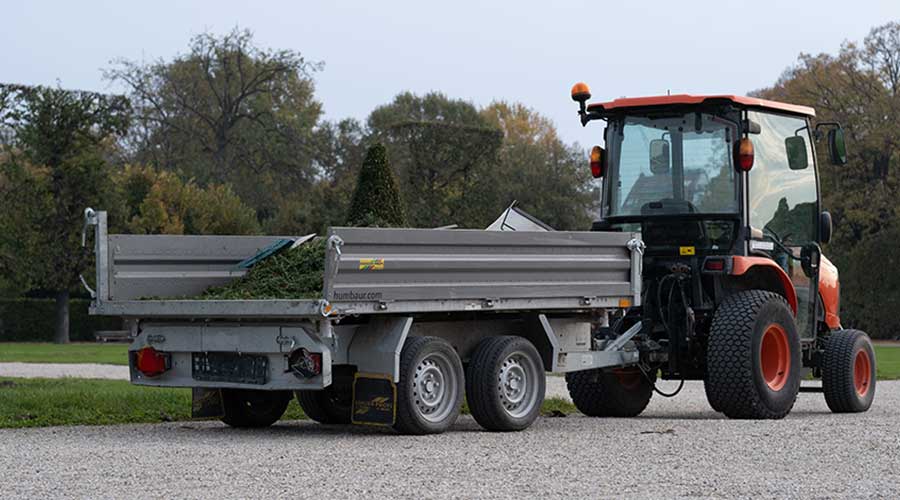Bird Control: Application Considerations
Given the evolution of products designed to address bird-control problems humanely, cost-effectively, and sustainably, managers should consider working closely with manufacturers to understand products' benefits and limitations and to ensure they specify the most effective product for their problem.
"Ultrasonic sound is something that a lot of people have a sour disposition towards, so it's absolutely paramount that the right amount of units is purchased to fit the space," Pierce says. "A manager might say, ‘I have a 30,000-square-foot facility and I need to get birds out of here.' Well, if I sell you a product that covers 4,000 square feet, it's pretty simple to do the math to see how many units you'll need. If cost is a factor, and that particular manager wants to buy one, it's kind of like walking in the winter with only one boot on."
Watts warns managers not to assume a product they have used before to control birds will work in a different situation.
"Many businesses become discouraged after trying a product that didn't solve their problem," he says. "A big misconception is that all bird-control products work for all situations. On the contrary, birds are smart creatures, and habits very between species."
Pierce uses the example of sonic bird control to demonstrate the need for managers to rethink their views of bird control products.
"If you think these products are going to be put up on the wall, and you mount the speakers and turn them on and never think about them again, that's a real problem," he says. "The people that buy them and are vigilant about changing the sounds to make sure the birds aren't becoming used to them, those are the folks that get wonderful results."
Related Topics:












